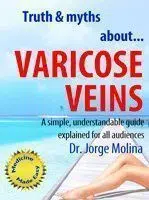In recent years, various innovative techniques have been progressively developed to treat varicose veins. The aim has always been the same: to achieve a method that is at least as effective and long-lasting as conventional surgery, but less invasive and with lower risk.
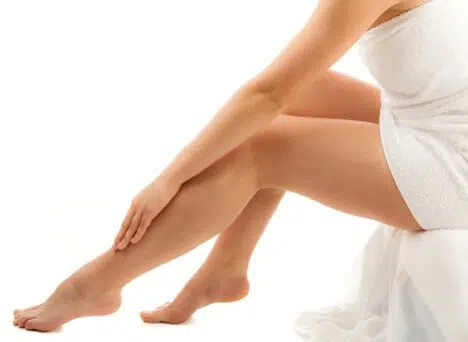
These new methods are based on several principles: catheter puncture to navigate inside the vein (avoiding surgical incisions), ultrasound guidance, controlled endoluminal damage of the vein, minimal use of anaesthesia (local only), outpatient treatment, and a fast return to normal life.
Laser ablation and radiofrequency were developed first (very similar to each other, and at the time a huge revolution compared with classical surgery). Later, the focus moved towards improving the technique even further to enhance the patient’s experience both during the procedure and in the days that follow.
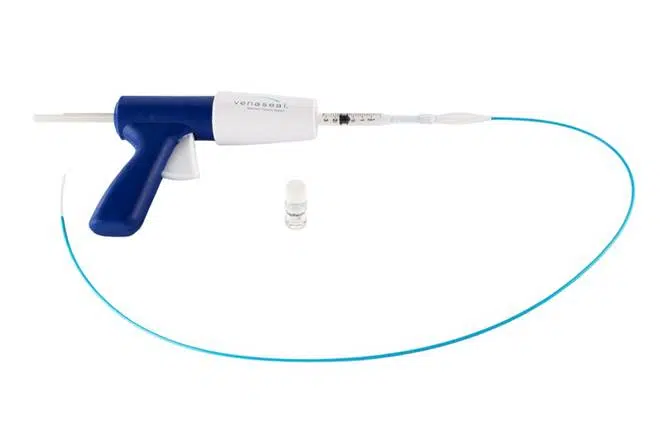
The key breakthrough has been a method that causes controlled vein closure, similar to laser or radiofrequency, but without the use of heat. Without heat, there is no need to inject anaesthetic fluid around the vein to protect the surrounding tissues. This means fewer needle punctures and a simpler experience for the patient.
This technique, which seals the treated vein with a medical-grade adhesive, is distributed worldwide by the multinational company Medtronic® and is known as VenaSeal®.
We are pleased to announce that we can now offer this treatment systematically to our patients.
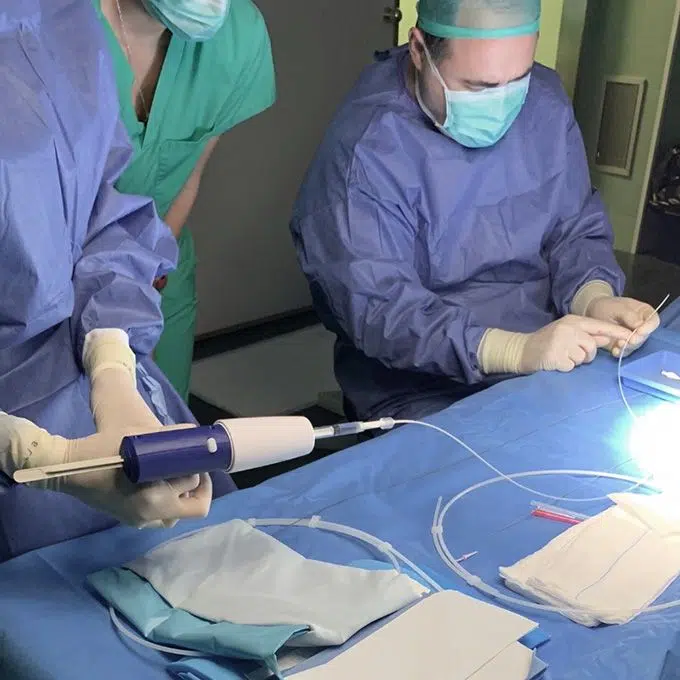
The procedure consists of:
- Inserting a catheter (a long, thin plastic tube) into the vein through a simple puncture, either at the ankle or near the knee (similar to inserting an IV line). The catheter is then advanced inside the vein up to just before its junction in the groin (for the great saphenous vein). Or,
- Performing the puncture at the back of the leg (calf area) and advancing the catheter through the vein up to its junction behind the knee (for the small saphenous vein).
- The entire procedure is performed under continuous ultrasound guidance, so we always know exactly where we are and what we are doing.
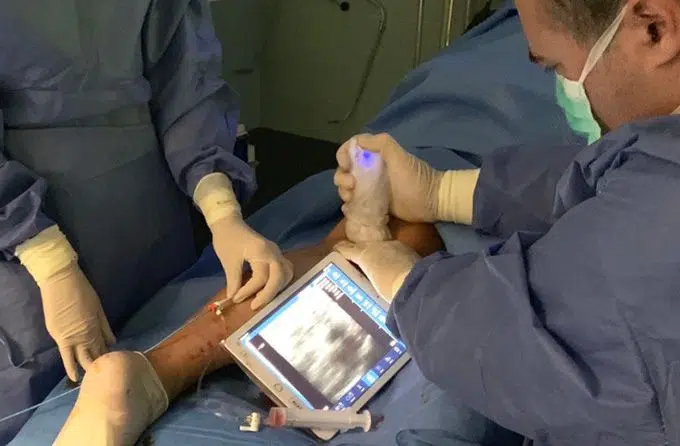
- Once the catheter tip is positioned precisely with ultrasound guidance, we gradually release a highly adhesive medical glue inside the vein. This glue is a specially formulated medical cyanoacrylate — the same base component as in the well-known Loctite®, but modified to be fully biocompatible, hypoallergenic, and safe for medical use. The cyanoacrylate not only seals the vein walls together but also damages them slightly, leading the body to transform the vein into a fibrous scar that is naturally reabsorbed over time.
- The adhesive is released in a highly controlled way while the catheter is slowly withdrawn. This fills the diseased vein completely and seals it shut. The catheter is then removed, and the puncture site is covered with a small plaster. That’s it: just one puncture.
- In most cases, the procedure can be performed under local anaesthesia only. As soon as it is finished, the patient can get up and walk out of the clinic without any recovery time.
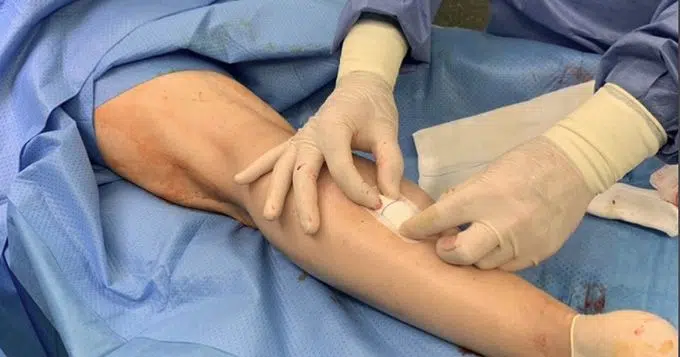
- Moreover, no compression stockings are required afterwards.
- It can even be carried out during the summer months, since the risk of pigmentation is extremely low.
- And, because it is so minimally invasive, it is possible to treat both legs in the same session if needed.
- As for the cyanoacrylate used, the quantity is minimal, and according to the manufacturer, most of it is absorbed by the body within about one year.
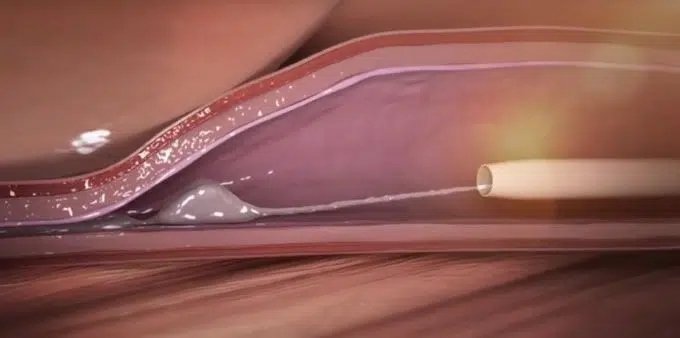
Reliable scientific studies now confirm that both the immediate and mid-term results (up to two years) are comparable to those of laser and radiofrequency. Compared with classical saphenectomy, they are even slightly better (with a lower recurrence rate). The greatest advantage, however, is that the procedure is far less aggressive and recovery is virtually immediate. In contrast, traditional stripping surgery often required around two weeks of bed rest and a total recovery of 4–5 weeks, usually necessitating treatment of each leg separately.
Here is the official video from Medtronic® (the manufacturer of VenaSeal®), which illustrates the procedure:
Unfortunately, not all varicose veins (or all patients) are suitable for this technique. As always, a vascular surgeon is the professional best placed to advise you on the most appropriate option for your individual case, once the necessary investigations have been carried out (usually a venous duplex ultrasound, which can often be performed during your first visit).
After all, in the 21st century we customise our phones, computers, and even our cars… So why wouldn’t we customise our medical treatment?
Should you be interested in getting to know this disease better, and its causes, consequences, how to treat them, and, even better, what can we do to prevent them, you can find it all well explained in the ebook VARICOSE VEINS: Truth & myths.
